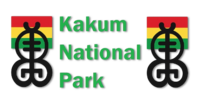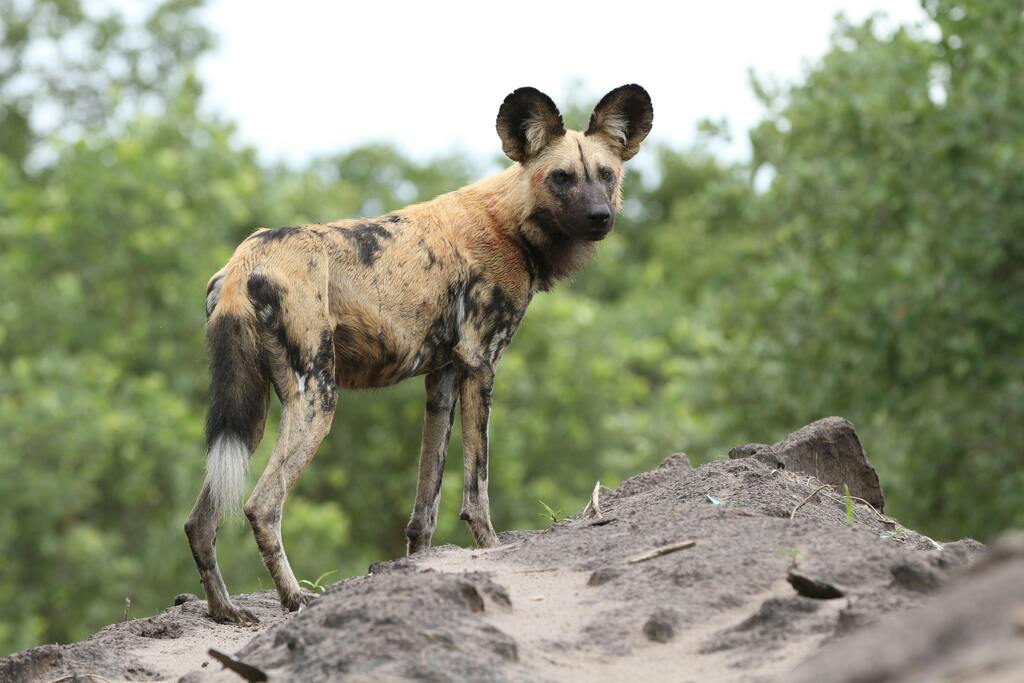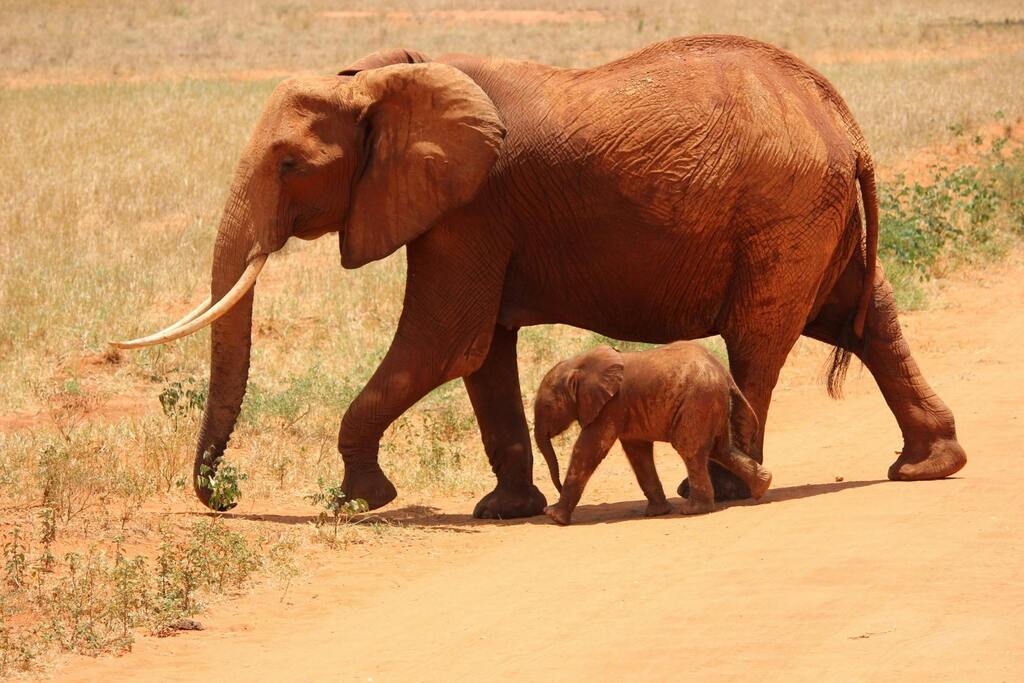
Discover Ghana’s Northern Wilderness Like Never Before
If you’ve already explored the lush rainforests and canopy walkways of Kakum National Park, you're only halfway through experiencing Ghana’s incredible natural diversity. To complete your adventure, head north to Mole National Park — Ghana’s largest and oldest protected area, where savannah landscapes, sandstone escarpments, waterfalls, and elephants await.
While Kakum offers dense tropical forest and high canopy views, Mole delivers open savannah plains, dramatic rocky ridges, and unforgettable safari encounters. Together, they showcase the full range of Ghana’s ecological beauty — from the southern rainforest to the northern savannah.
Set in the heart of the Northern Region, Mole National Park is a vast wilderness shaped by ancient geological forces and home to rich biodiversity. Imagine standing on a cliff, watching herds of elephants below, or walking through a forest gallery beside a river teeming with birds — that’s Mole.
With an area of over 4,577 km², the park is filled with rolling hills, valleys, seasonal rivers, caves, waterfalls, and sandstone rock formations — a sharp contrast to the dense greenery of Kakum.

Hyena on a rock, at Mole National Park
If Kakum’s treetop canopy walk gives you a bird’s-eye view of the forest, Mole’s Konkori Escarpment offers an even broader panorama.
This ancient sandstone ridge rises 250 meters above the plains, offering jaw-dropping views across Mole’s open landscape. From the top, you’ll spot:
Elephants roaming freely
Savannah rivers winding through valleys
Dozens of bird species soaring in the sky
It’s a must-visit viewpoint for photographers, hikers, and anyone who loves vast, open natural spaces.
Unlike Kakum’s humid rainforest, Mole is home to seasonal and permanent rivers that attract wildlife all year long. Notable ones include:
Polzen River
Lovi River
Mognori River Waterfall
These water sources support some of West Africa’s best wildlife viewing — including buffaloes, antelopes, baboons, warthogs, monkeys, and over 300 bird species.
Whether you explore by foot, bicycle, jeep, or tree hide, Mole gives you the chance to see wildlife in their natural habitat — up close and personal.

Adventurers chasing beauty and perspective - The park becomes not just a place you pass through — but a place that stays with you. Elephants. One baby elephant at Mole national Park
While Kakum thrives on nutrient-rich rainforest soil, Mole’s savannah soils have sustained both wildlife and human communities for centuries.
Groundwater Lateritic Soils (70%)
Acidic and low in nutrients
Less suitable for farming, but supports hardy grasses and shrubs
Savannah Ochrosols (30%)
Loamy and well-drained
Rich in nutrients, ideal for traditional farming (yam, millet, guinea corn)
Found in areas like Gonja and Dagomba regions
These soils are the foundation of Mole’s unique ecosystem — shaping everything from vegetation to farming practices in surrounding communities.
Kakum gives you green. Mole gives you gold.
Kakum lifts you into the treetops. Mole takes you to the top of the escarpment.
Kakum is a haven for forest lovers. Mole is a paradise for safari explorers.
By visiting both Kakum and Mole, you get to experience Ghana’s full ecological spectrum — from the humid coastal forest to the dry northern savannah. It’s like exploring two different worlds in one country.
If you loved Kakum, you’ll be amazed by what Mole has to offer. Combine both parks into your itinerary to truly discover Ghana’s natural heritage.
Mole National Park is accessible by road or domestic flight (via Tamale), with accommodation options ranging from eco-lodges to campsites. Guided safaris, walking tours, and cultural experiences await.
So, after walking Kakum’s canopy, head north — and walk among elephants, watch the sunset from a cliff, or camp under the stars in Ghana’s wild north.
Mole National Park: Where the savannah tells its story.
Ready to complete your Ghana nature journey?